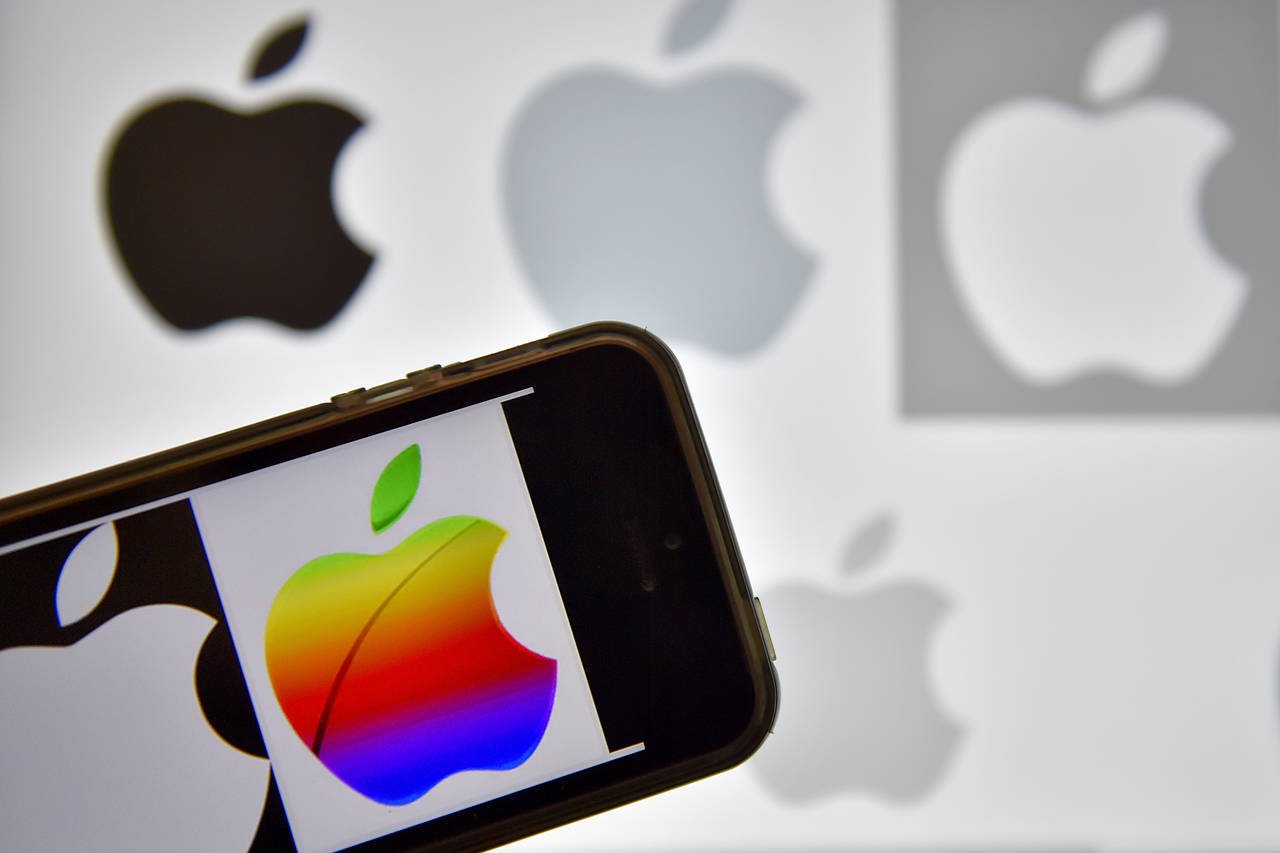

Apple’s “services” revenue could get a bump from folks who are buying second-hand iPhones. ILLUSTRATION: AGENCE FRANCE-PRESSE/GETTY IMAGES
There’s a good deal of pressure on the iPhone 8.
After disappointing upgrade cycles following the iPhone 6S and iPhone 7 launches, there are a lot of old phones out there. Investors are hoping that this fall’s new models will prompt a “supercycle” of upgrades, especially because some could cost more than $1,000.
Of the 715 million iPhones currently in use — the number of phones making up Apple’s “installed base” — 31% will have gone “un-upgraded” for more than two years by the time the new iPhone comes out in September, according to BMO Capital Markets. That’s up from 25% at the time of the iPhone 7 launch.
The flagship iPhone 8 is rumored to have an edge-to-edge screen, meaning no physical home button, and it might have more available screen space than the current iPhone 7 Plus does. Changes to the look and feel of the iPhone are what drove a big upgrade wave in 2014, when the larger screen iPhone 6 was launched.
New device sales aren’t the only way Apple gets more users. When people get new phones, they’re being increasingly encouraged to trade in their old devices, and those can be wiped and re-sold, often by third-party retailers. The number of second-hand iPhones might increase to 300 million in 2018 from 228 million at the end of 2016, BMO analyst Tim Long predicts, as people switch from “mass-market Android phones.”
Of course, Apple doesn’t usually get money upfront when this happens, but it does increase the number of users who could spend money on its “services” — things like iCloud and the App Store. And when it comes to “services,” it doesn’t matter so much what model of iPhone people use.
Big Picture: Wall Street is focused on predicting iPhone 8 sales, but sales of second-hand iPhones could also help Apple in a way, according to one analyst.
[“Source- barrons”]

